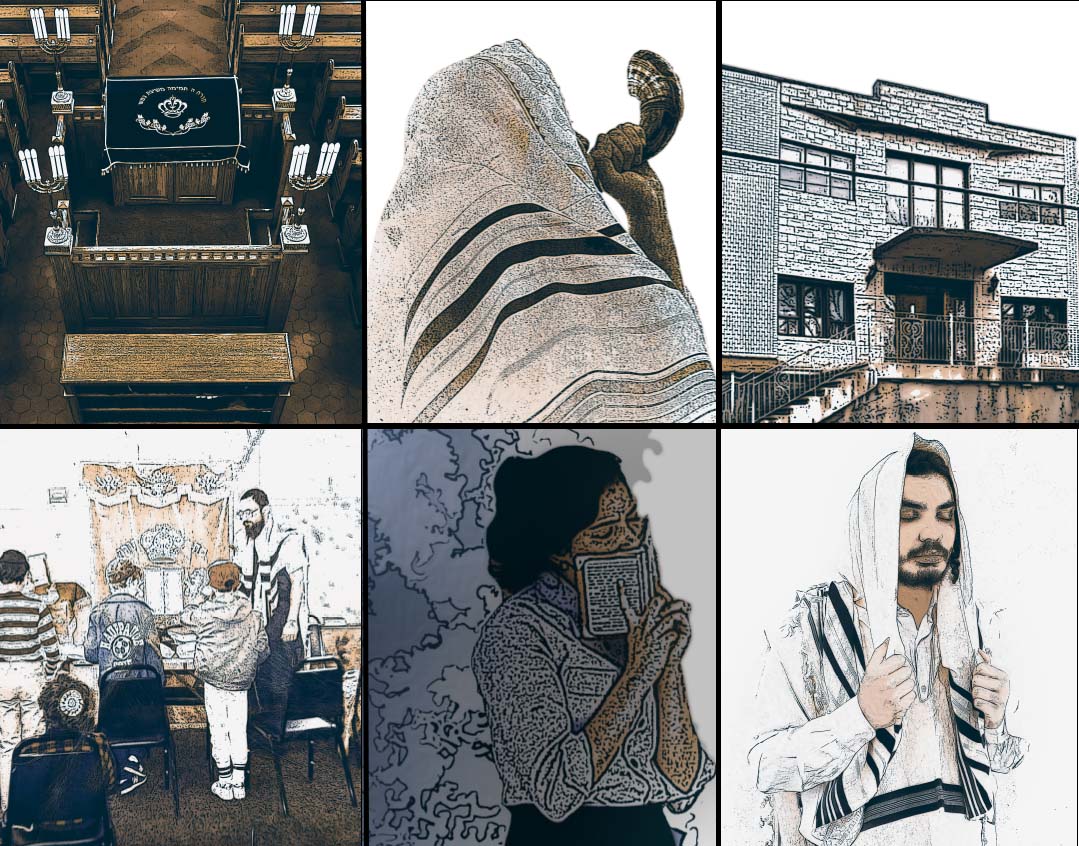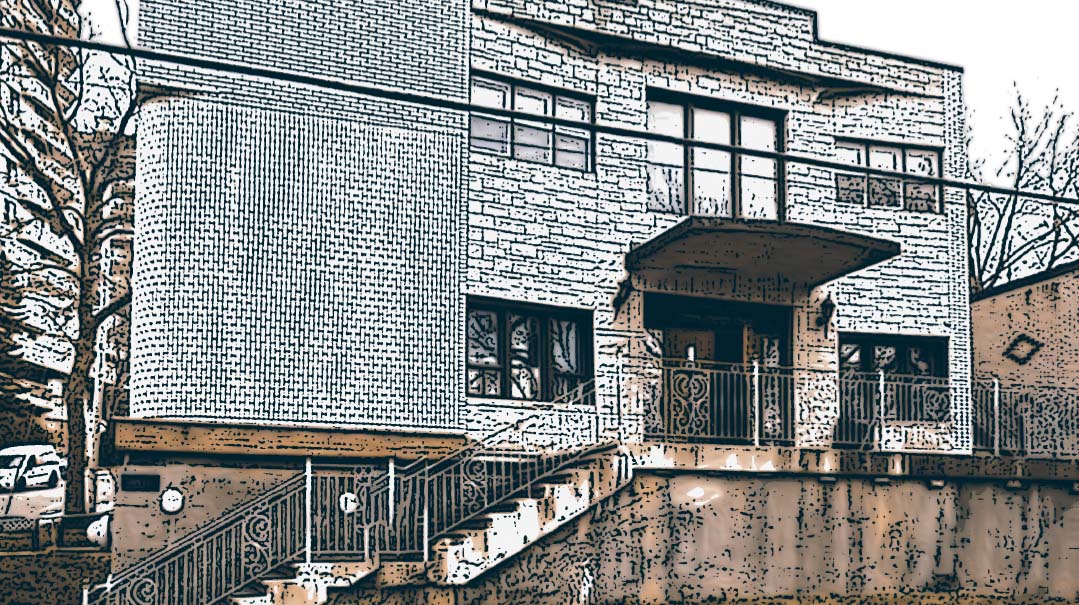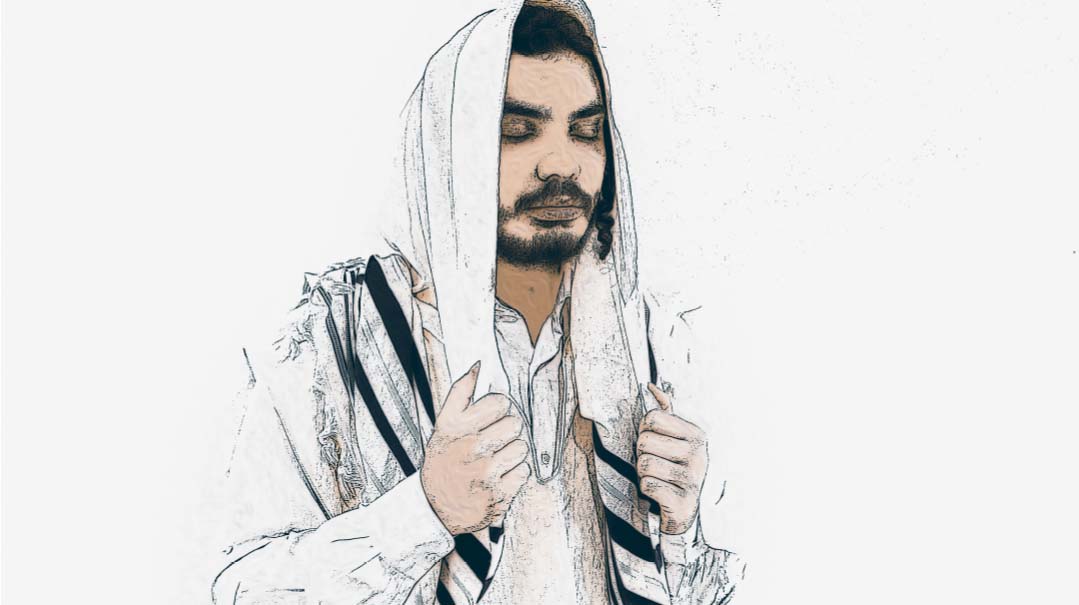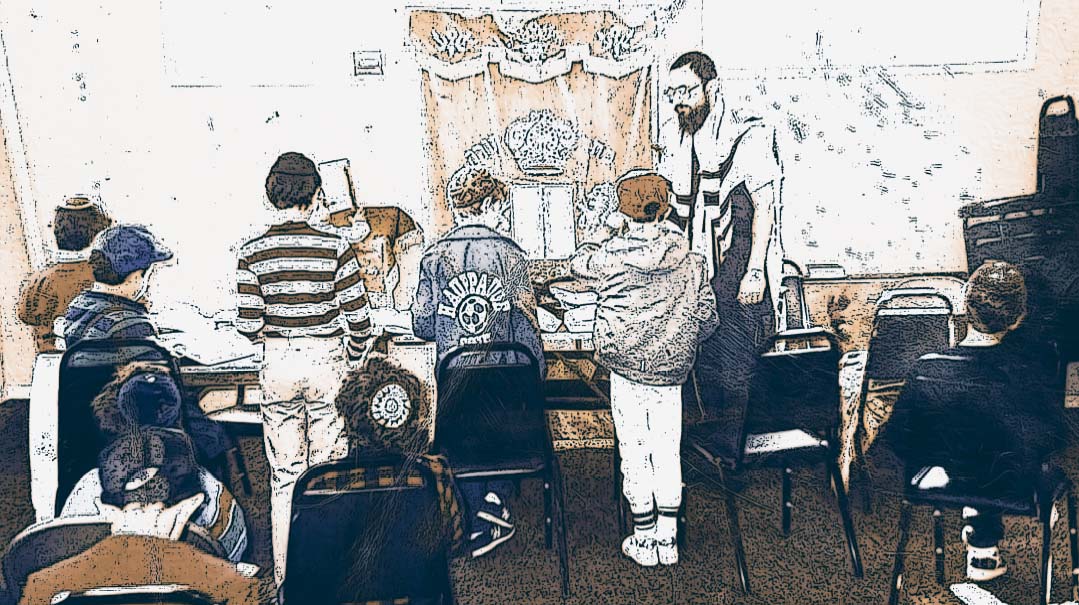The Baal Tefillah’s Daughter

I doubt she ever realized that a little kid, her admiring student, was impacted by her tefillos
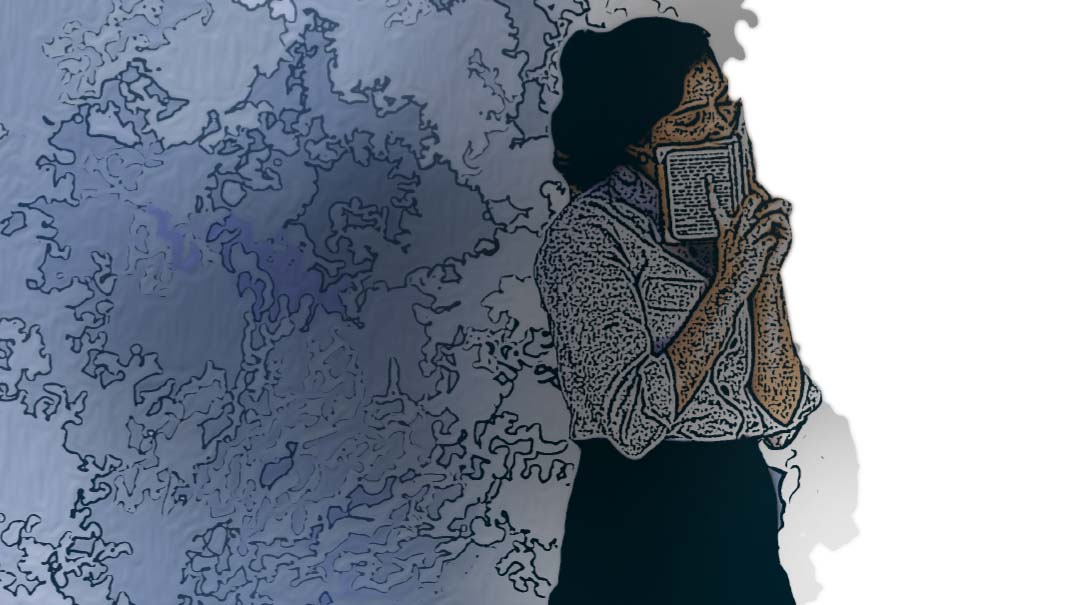
K’hal Vahlbruz d’Krakow
Brooklyn, New York
Esty Heller
As the baby of the family, I went along to shul on Yamim Noraim at a very young age. The walk was short — cross the street diagonally from our house, and there we were, in front of the Statue-of-Liberty-green, two-family house, the Krakow beis medrash in Boro Park, with the crumbling front steps and the narrow alley that led to the women’s entrance.
I swung my nosh pekelach as I followed my mother and sisters single file through that alley and into the beis medrash. For the first moment, the blast of air conditioning was a relief from the sticky outdoors, but within moments, I was shivering from cold.
It didn’t matter, because I wouldn’t stay inside for long. I had my machzor with my colorful bookmarks, I would say the few tefillos my teacher had taught us, and spend the rest of the day playing games with the kids outside.
Once in a while, I would go back in for a snack or drink, skirting the puddle of water and the steady drips from the air conditioner at the entrance to the ezras nashim. When I think back to that shul, that over-powerful air conditioner is iconic, always the first thing that floods my memory.
The faces in the beis medrash didn’t change much from year to year. In this tiny neighborhood shul, the rav and baal tefillah’s families comprised most of the minyan, and the congregants’ voices contested with the roaring AC.
I rested on a bench in the back row while the attendants davened Shemoneh Esreh, and my eyes would travel around the room. Most women wore white tichels in honor of Yamim Noraim, then there were the older girls in pretty Yom Tov clothes shuckeling over their machzorim as they davened Mussaf.
My gaze would then freeze on a certain girl. She was the baal tefillah’s daughter, sweet and serious — an older girl, in the shidduch scene for many years. I watched in awe as she davened. She didn’t merely say words and shuckel and follow along like everyone else. She davened with fierce intensity, working up a sweat as she pleaded her case with urgency and determination. It was one of those rare instances when you actually know (or can at least confidently assume that you know) what a mispallel is davening for.
I couldn’t get enough of it.
The davening continued, the chazzan taking off with a haunting rendition of Unesaneh Tokef. His voice broke over the words, his sobs punctuating the stillness in the room. And his daughter — sweat beading on her forehead, hair clinging to her red and wet face even as most congregants huddled in shawls against the frigid temperature — seemed transported to another universe, detached from the here and now.
Then, when I was in fifth grade, this special girl became my teacher. She was unique — dynamic, caring, inspiring — and mainly, sincere. I drank in every lesson she taught with blind acceptance.
This girl, the baal tefillah’s daughter, my incredible fifth-grade teacher, got married eventually and raised a family. I doubt she ever realized that a little kid, her admiring student, was impacted by her tefillos. Outside the classroom, she taught me how to daven with intensity, with emotion, with that utter urgency that comes from knowing that this is the only Source to turn to.
The shul of my youth no longer stands. It probably would have collapsed along with the dripping and roaring air conditioner had it not been taken down. But when I pass the place where neat condos now stand, I pause, remembering a heated davening, and I strive to connect with Hashem precisely that way.
Esty Heller is a copy and content writer residing in Brooklyn. She is a contributor to this magazine.
(Originally featured in Mishpacha, Issue 876)
Oops! We could not locate your form.


